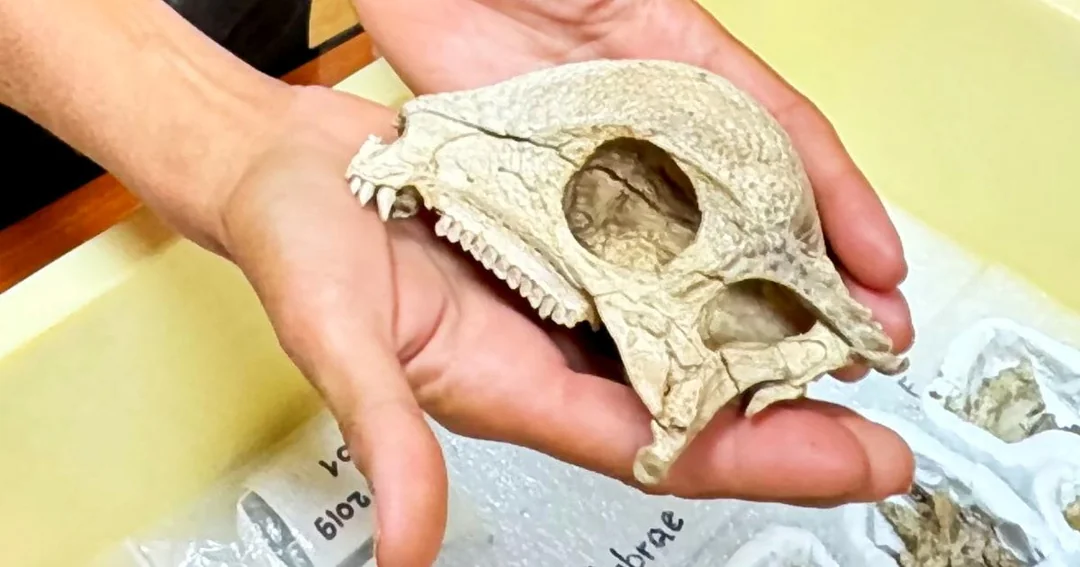A remarkable find from the Early Cretaceous period
In southeastern Mongolia, a team of paleontologists led by Chinzorig Tsogtbaatar from North Carolina State University uncovered a new species of dinosaur characterized by its dome-shaped skull. The fossil was found in rock formations dating back approximately 110 million years, from the Early Cretaceous period.
Tsogtbaatar spotted a bright object protruding from the ground and quickly realized it was a remarkably well-preserved skull. Together with Lindsay Zanno and other researchers, he identified it as a new species of pachycephalosaur, a group of herbivorous dinosaurs known for their thick, bony domes.
Filling a critical gap in dinosaur evolution
The research, published in Nature, introduces the species as Zavacephale rinpoche, with “rinpoche” meaning “precious one” in Tibetan. The specimen is 15 million years older than previously known pachycephalosaurs, offering key insights into the early evolution of these dome-headed dinosaurs.
Preservation and scientific significance
After being excavated in 2019, the fossil remained in Mongolia during the pandemic before being shipped to North Carolina in 2022 for further study. Researchers described the skull as exceptionally preserved, made of dense bone and edged with small spikes that may have helped absorb impact during head-butting behavior.
The team also recovered dozens of additional bones, making Zavacephale rinpoche the most complete pachycephalosaur skeleton ever discovered. According to scientists, the dinosaur was roughly the size of a German shepherd, though lightweight, weighing only about 12 pounds.
This discovery not only sheds light on the diversity of Asian dinosaurs but also provides valuable data to bridge evolutionary gaps in the fossil record.



